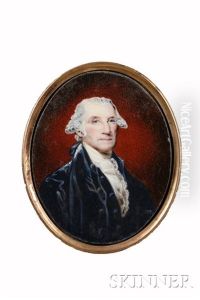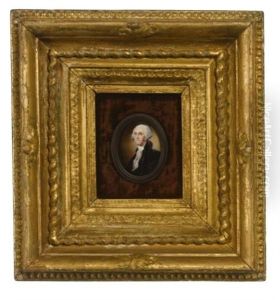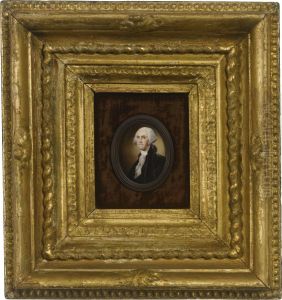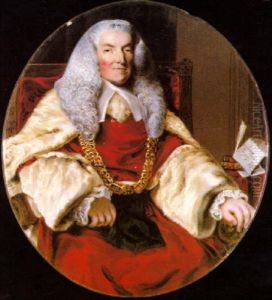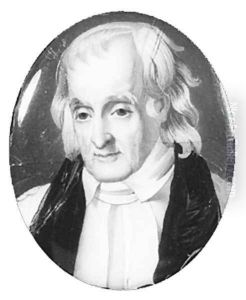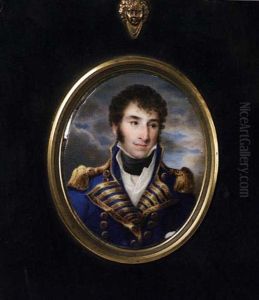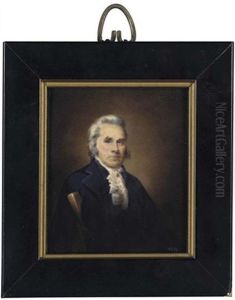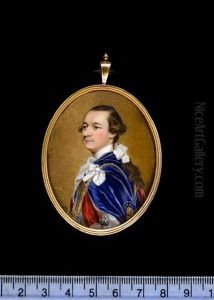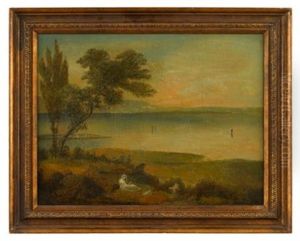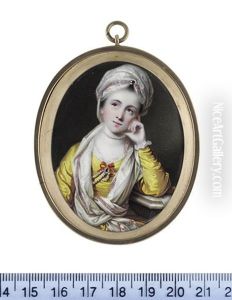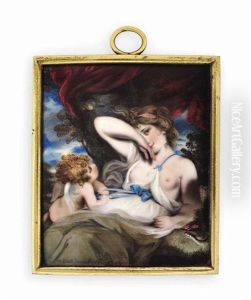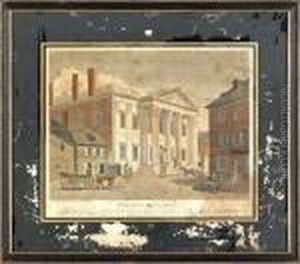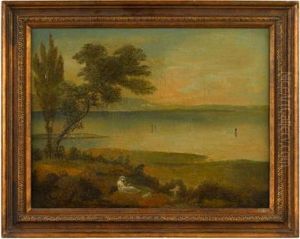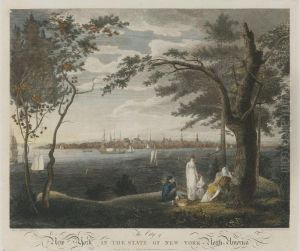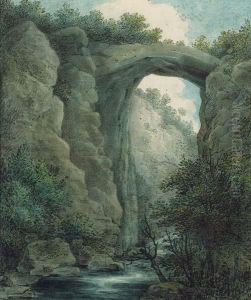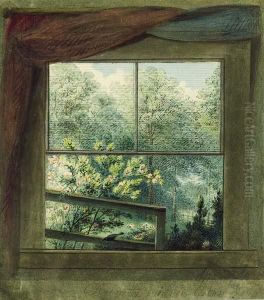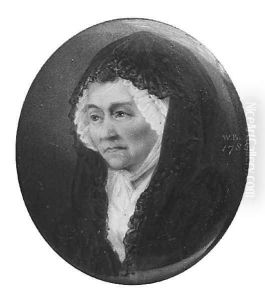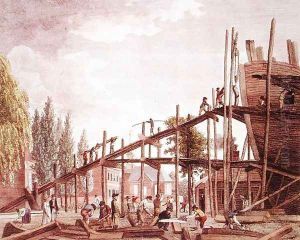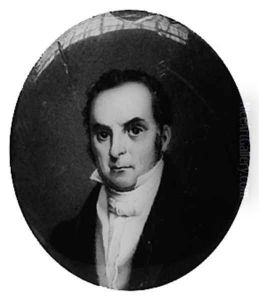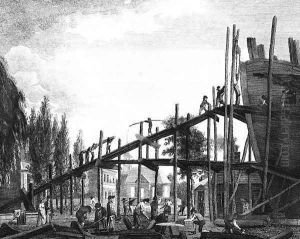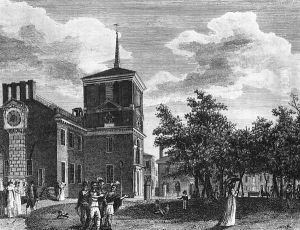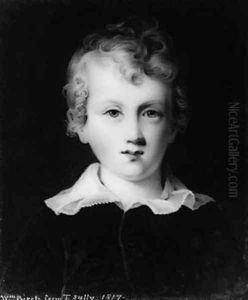William Russell Birch Paintings
William Russell Birch was an English-born artist, engraver, and miniaturist who played a significant role in early American art. Born in Warwickshire, England, in 1755, Birch showed an early talent for art and was apprenticed to a jeweler and metal engraver in Birmingham. This early training in engraving would lay the foundation for his later work and contributions to art. Birch's skills as an engraver and miniaturist garnered attention, and he produced works for prominent figures in English society. However, it was his move to the United States in 1794 that marked the beginning of his most significant contributions to the art world.
Upon settling in Philadelphia, Birch found a vibrant and growing city that was the young nation's cultural and political heart. He was deeply inspired by the American landscape and the nation's founding ideals, which influenced much of his work. In 1800, he published 'The City of Philadelphia, in the State of Pennsylvania North America; as it appeared in the Year 1800,' a collection of 29 engravings that offered a detailed and picturesque view of the city. This work was groundbreaking, as it was the first major collection of views of any American city and thus holds a special place in the history of American art and printmaking.
Birch's dedication to capturing the essence and beauty of American life extended beyond Philadelphia. He traveled throughout the United States, sketching and engraving scenes that depicted the young nation's landscapes and cityscapes. His works are notable for their attention to detail, composition, and ability to convey the atmosphere of the scenes he depicted. Through his engravings, Birch provided a valuable visual record of early American life and architecture, contributing significantly to the country's cultural heritage.
William Russell Birch's legacy in the art world is marked by his pioneering spirit and his role in documenting the early years of the United States through his engravings. He passed away in 1834, leaving behind a body of work that continues to be celebrated for its artistry and historical value. Birch's contributions helped lay the groundwork for future generations of American artists and engravers, and his works remain an important part of the country's artistic and historical narrative.
